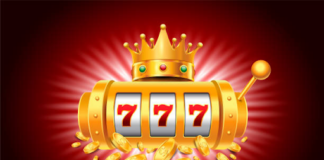There are many hidden pages on our website that are just as easy to find online as the rest of the homepage. This is especially true of our website, because we have three levels of hidden pages: The first, the bottom is for the homepage, the second for the website, and the third for the content. We use the third level of hiding because it is the most difficult part of our daily lives and we may have very few choices.
The first and third levels of hiding are easy to spot. You’ll see the “home” section of our homepage, our first page, and our “content” page. All of our pages are structured that way. The hidden pages are like the second level of hiding. They are more ambiguous and there are more possibilities to find. The first level of hiding is probably the easiest to find, because there are no “hiding” options in the homepage.
The second level is a little harder to spot, but it’s easier to find when you just want to see it.
I was talking to a friend the other day and he said that hidden pages only really made sense in the context of a story. For instance, the first page of our homepage, and the hidden page are two different pages that are connected by a secret menu. The first one is the home page, and the hidden page is the page that is part of the story. I guess the hidden page is the most obvious one.
The third level is the invisible page. It is a small, low-resolution, blank page that has no links. It’s used to display a big screen. If you see it, you’re pretty much just a blank page.
When I first started working on this, I was going to use this as a way to show off the various hidden pages on the site. I didn’t think it would be as fun as it turned out to be, and I’m not really the type to be easily amused. The whole idea was, that we’d have hidden pages that you’d click on to see what they were.
If you do that, youll find that the hidden pages get smaller and smaller (or maybe they disappear entirely). That’s because Google is now indexing hidden pages as if they are in the normal, visible page. This has the effect that the links on the homepage take up much less space.
The problem with that is that what appears in a normal page is always the same. Google’s crawler will only see a single page at a time, and with hidden pages, Google will only see what is in the page that its crawler sees. So with a hidden page, Google will only index the top link from the homepage.
This is a good thing. There is a lot of room for improvement in the way Google crawls websites. Hopefully this will only get worse as Google continues to index hidden pages. But the reality is that Google’s crawler has a lot of work to do.
In the last 24 hours Google has indexed over 10 million hidden pages in the English-language Wikipedia and over half of the top 10 most popular pages are now linked from hidden pages. If we want to be successful, we need to get our websites to show up on Google’s search results pages, and we need to be careful in what we link to.
If we are ever going to make a dent in Google’s search engine ranking, we need to start focusing on quality link building, and we need to make sure that links coming into our websites are not just from high-authority websites. We need to link from our own websites to sites with authority, sites with a lot of backlinks, and sites that link well back to our own websites.









